A lot of times, people will walk up at an aerobatic contest or air show and say, “You know, that really looks like fun, and I really wish I could get into it, but I don’t know where to start.” There are probably a lot more who would like to take a shot at aerobatics but the very thought of leaving straight-and-level flight may make them uneasy or unsure how they will react to it.
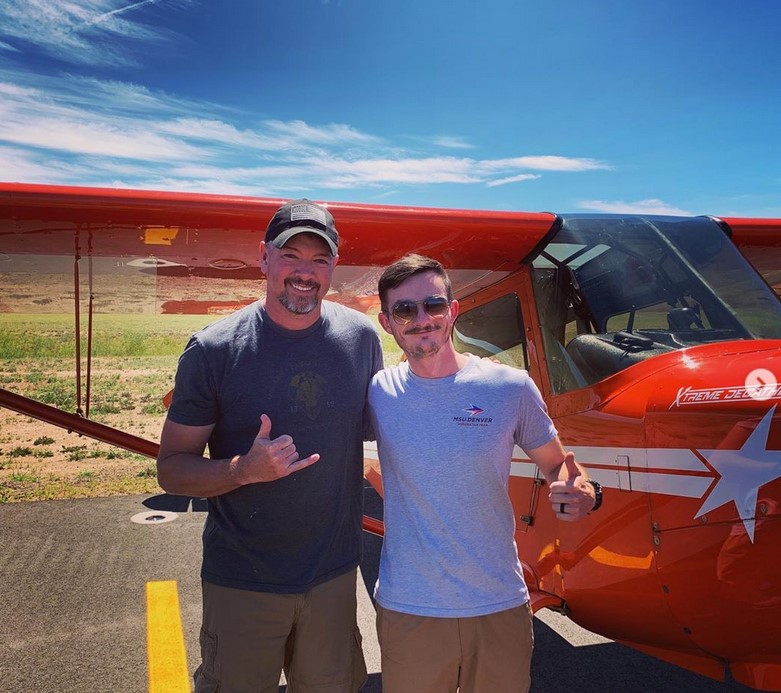
|
Getting StartedIt’s sometimes amazing what a few phone calls to local FBOs will produce. Quite a number have a Decathlon, Cessna Aerobat, or a Pitts S-2B tucked away in a corner. You may have to travel to get at one and to find an instructor who knows how to use it. Obviously, if an aircraft that’s approved for aerobatics is an extinct species in your community, you must face the prospect of journeying to an aerobatic school that advertises in aviation publications. Actually, when you look across the country, there are quite a few to choose from. The International Aerobatic Club also maintains an on-line list of schools. IAC provides this list as a service to the aviation community but does not endorse any schools. Many are run by active IAC members and aerobatic competitors. |
|
|
If distance is not a discouraging factor, you will want to check out items like the instructor's qualifications, the airplane used for training, and the cost and availability of both instructor and equipment. Write for information or invest in a phone call. Many of the 4,000 members of the International Aerobatic Club can help you, too. IAC has Chapters across the USA and all of them are familiar with what’s available in the area. It is also a good chance to meet other aerobatic enthusiasts and to gain from their knowledge and experience. In no case, should aerobatics be learned on your own. Quality instruction is the only way to go. No matter who you fly with, parachutes are required equipment when flying dual and should be required by any aerobatic school when flying solo. Few schools, however, permit solo flying for insurance reasons. The school you work with should have a designated training area. No matter where you fly, your minimum altitude for any maneuver should be 1,500 feet AGL, in accordance with FAR 91.303. Your instructor should review with you all of the applicable regulations and procedures that are involved in aerobatic flying. |
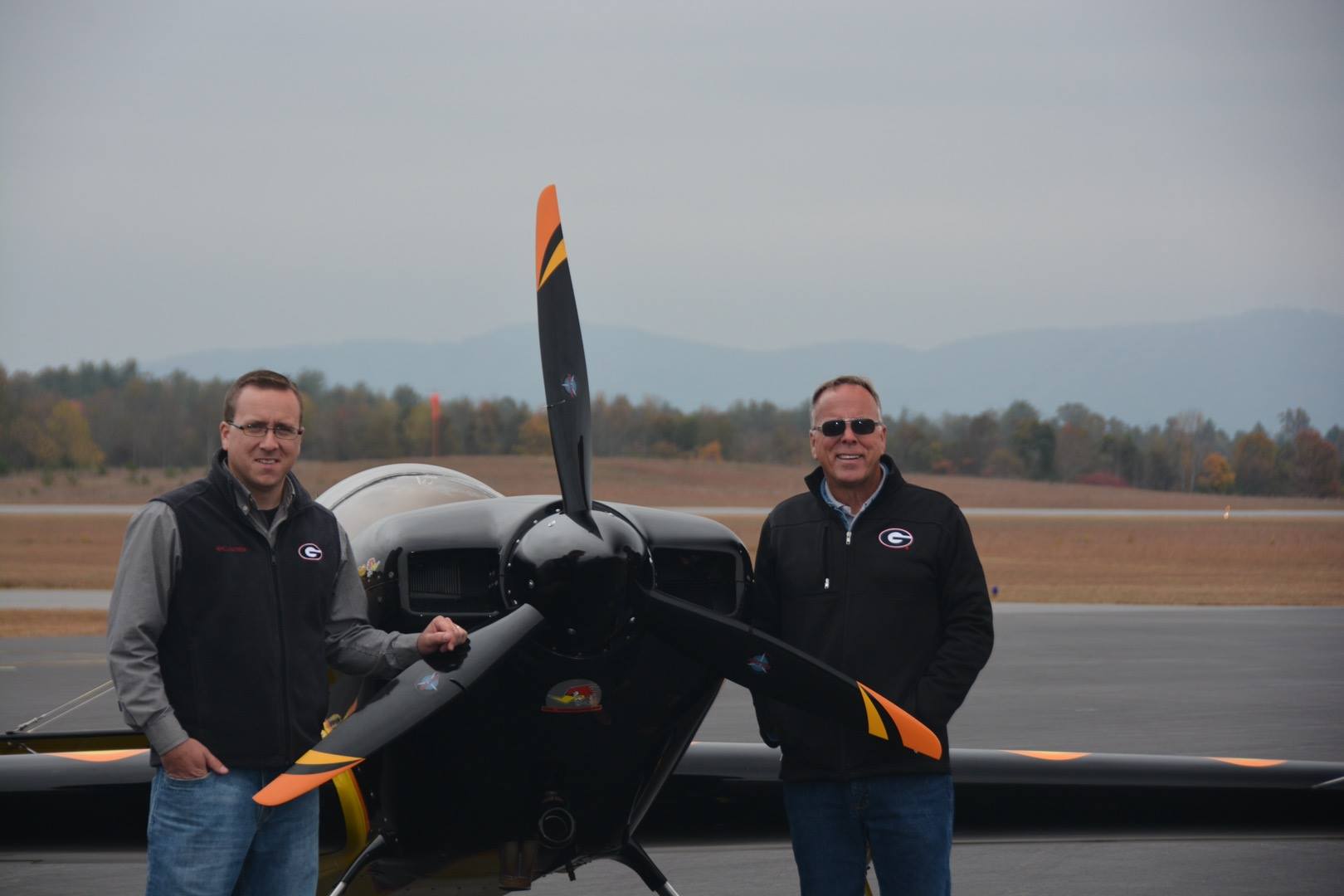
|
Initial FlightsIf you have already logged a fair amount of straight-and-level time and you feel up to it, you might ask for a demonstration right off of the kind of maneuvers that will be encountered in your course of training. Make sure you have a good intercom or signal system and can indicate when you’ve had enough. Remember to tighten your thigh and stomach muscles when pulling positive Gs (this helps prevent blood from rushing to one end of your body). Good instructors are well aware of the strains to a newcomer to aerobatics and the time it takes to get used to it all and will be careful and conscientious as to how they introduce you to this type of flying. On the other hand, if you’d like to ease into the sport gradually, as most people would, you’ll be content to build up a tolerance to the forces on your body and the new experiences. It comes on pretty fast anyway. The gradual approach can be expected at most good aerobatic schools. Incidentally, many schools also offer emergency spin recovery training and also custom courses to serve those who wish to advance in the sport beyond the basics. |
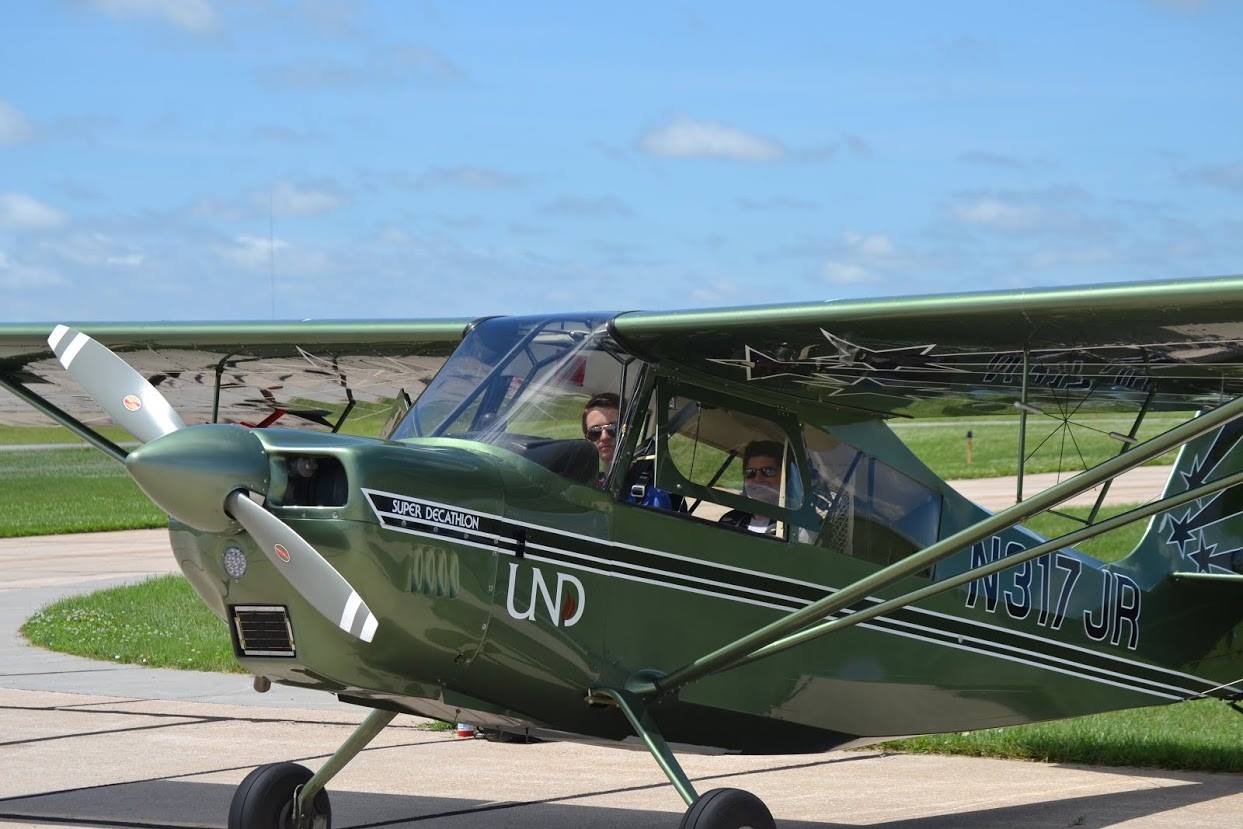
|
When you get started and in most cases, aerobatic instructors will try to determine your skill with some fairly simple but revealing activity, like steep turns, chandelles, or lazy eights – maneuvers you may have been introduced to earlier in your aviation career. After the first hour or so of instruction, you will be introduced to basic aerobatic maneuvers. From that point on it becomes a matter of instructor’s preference and/or the school syllabus. Some will get into spins, some might go to rolls, others will introduce you to loops. Those first few hours will demand tremendous concentration and probably leave you feeling quite tired. It takes a little while to build up stamina. Learning to relax, while hanging upside down in a slow roll, may require some conscious effort. The point is, every day you fly aerobatics, whether it’s your first encounter or your thousandth, you’ll be learning, perfecting, reaching, and enjoying the experience. In a sense, it’s like skiing or figure skating, where you first have to learn to stand up, then move, turn, stop, and eventually leap. The more you learn, the more demanding the sport becomes and the more you can enjoy a sense of accomplishment. Ask a gold medalist if it’s worth the effort. |
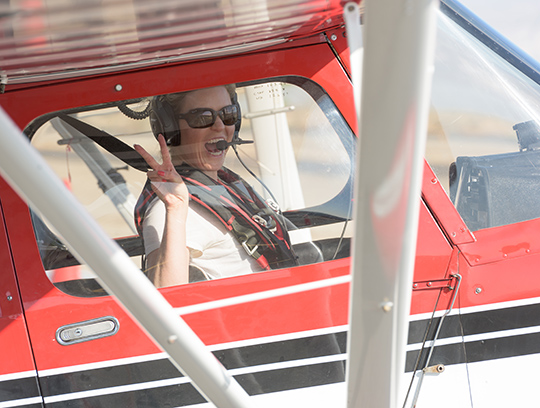
|
Refining the BasicsYour instructor will tell you when you’re ready for solo aerobatics and you’ll be told what your limits are. At some point you should start putting maneuvers together, watching your entry speed and altitude for each one. Do two loops in a row or fly a loop followed by a roll. When you reach the point that you can put a spin-loop-roll sequence together and fly it with reasonable control, you are eligible for the first of ten Achievement Awards issued by the International Aerobatic Club. The Primary patch should be within reach after a couple weekends of practice. Thousands of pilots have already earned Achievement Awards. If you keep going and decide you’d like to measure your talents against some other people, IAC sanctions dozens of aerobatic contests around the country every year. There are five levels of competition: Primary, Sportsman, Intermediate, Advanced, and Unlimited. There are also categories for glider aerobatics. These are explained elsewhere on the IAC website and its rulebook which members can download free of charge. |
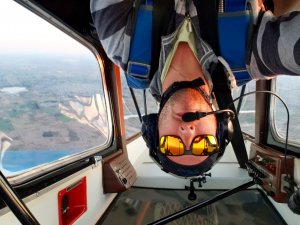
|
The most popular level is Sportsman and a lot of pilots use rented or borrowed aircraft in this category. While it’s a seriously competitive sport, nearly everyone who shows up for a contest enjoys the spirit that develops so quickly at the contest sites. A calendar of events around the world is carried in SPORT AEROBATICS magazine, the official monthly publication of IAC, and on the IAC website. IAC encourages you to attend competitions, even if you do not choose to fly. Many pilots are introduced to competition first by helping out, volunteering to work as an assistant judge, or in other functions. This experience teaches you how a contest works. Aerobatic instruction and aerobatic aircraft are not cheap, but if you can muster the means and handle the thrills, the art and sport of aerobatics are hard to beat. Aerobatics builds confidence and makes you comfortable and skilled in all attitudes of flight. Aerobatics will improve your proficiency and make you a better pilot, no matter where your flying takes you. |

